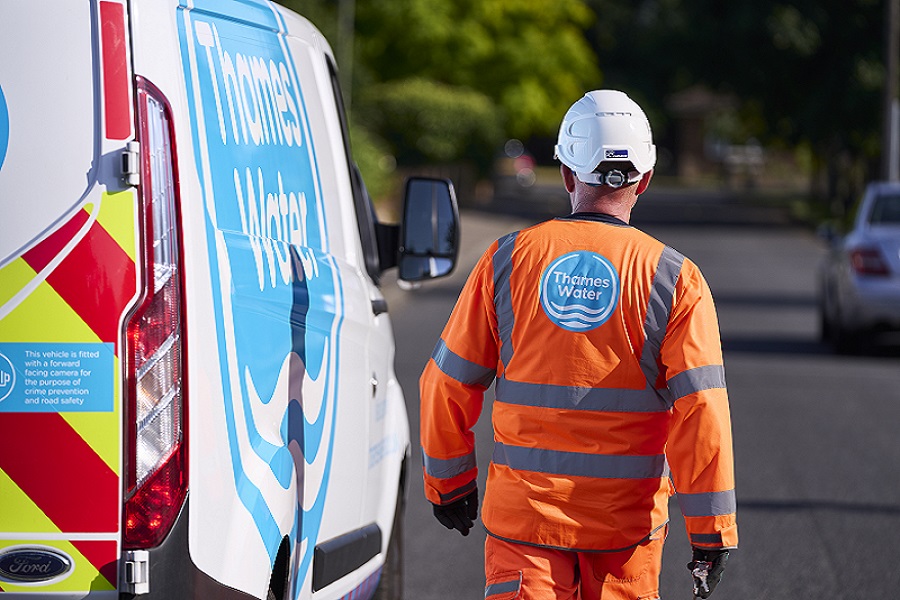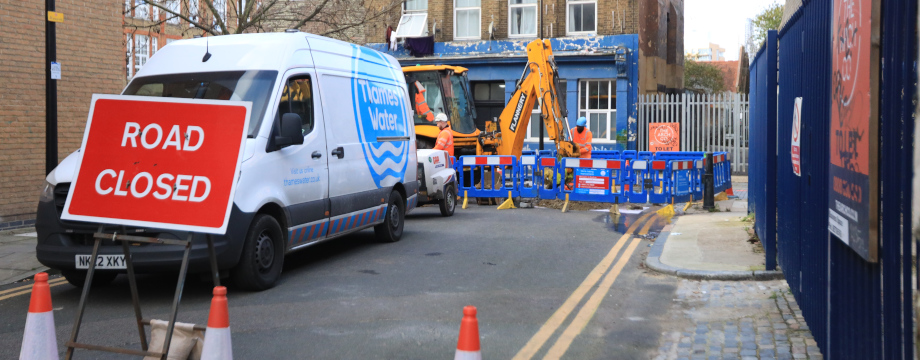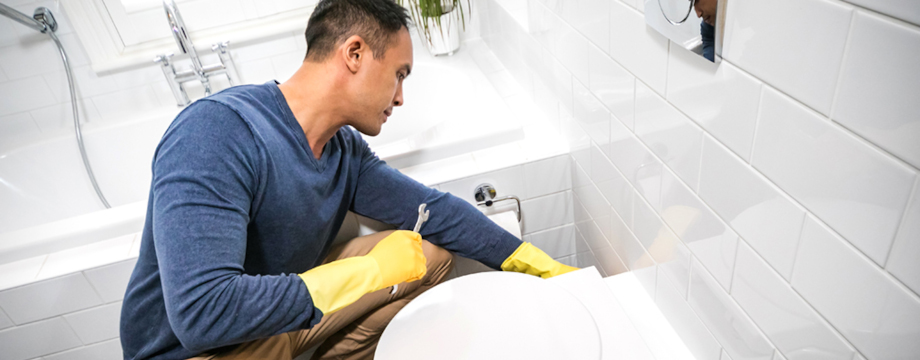Our leakage performance
Reducing leakage is an important part of protecting our water supply for the future. It is essential that we continue to deliver life’s essential service so our customers, communities and the environment can thrive.
You can find out more about how we fix leaks, how we're performing and what we're doing to reduce leaks further, in our leakage performance report.

Fixing our network
How we're fixing and upgrading our network.

Leak repair process
Find out more about our leak repair process.

Leaks in your home
We go through how you can fix a leak at your home.